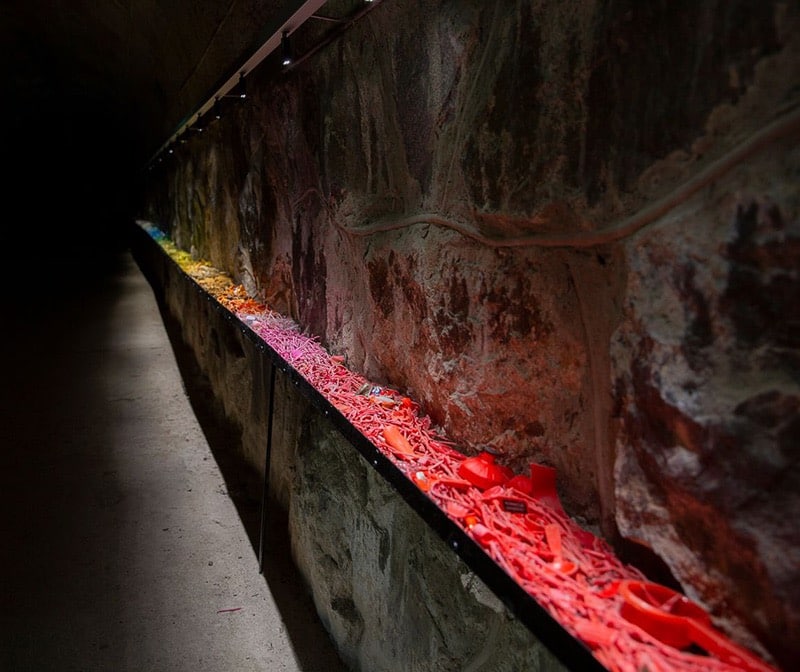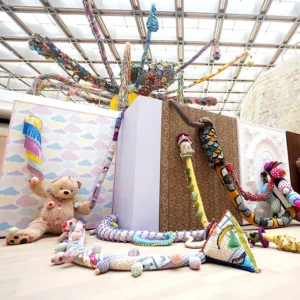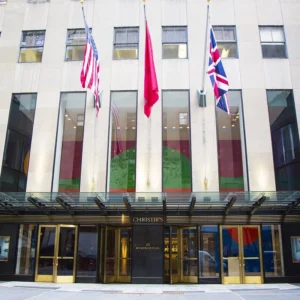The Helsinki Biennial’s second edition aims to pioneer a sustainable model for ecologically-conscious arts programming. Running through September 17, 2023, the exhibition features 29 participating artists and is spread across the archipelago island of Vallisaari and the mainland of Helsinki. It encourages visitors to appreciate the wild and beautiful landscape that surrounds the artworks rather than conform to ideal conditions.
New Directions May Emerge reflects the influence of American anthropologist Anna Tsing and her ideas on contamination and the potential for new possibilities to arise. The setting, a biodiverse haven that was once occupied by military operations, is open to the public. The island’s gunpowder cellars have been repurposed as gallery spaces, providing an eerie and intimate setting for video installations.
The integration of emerging technologies has allowed the artworks to create expansive experiences without overwhelming the local ecosystem. For example, a work by the artist collective Keiken offers an interactive experience through QR codes, while artist Danielle Brathwaite-Shirley presents an alternative mythology for Vallisaari that continues online.
While sustainability remains a complex challenge for large-scale events like biennials, the Helsinki Biennial demonstrates a commitment to balancing positive and negative impacts. The biennial implements initiatives such as using second-hand equipment, reusing materials, and practicing prudent waste management.
Featured Image: Tuula Närhinen, The Plastic Horizon (2019–2023). Courtesy of the Helsinki Art Museum, Helsinki Biennial, and Sonja Hyytiäinen





